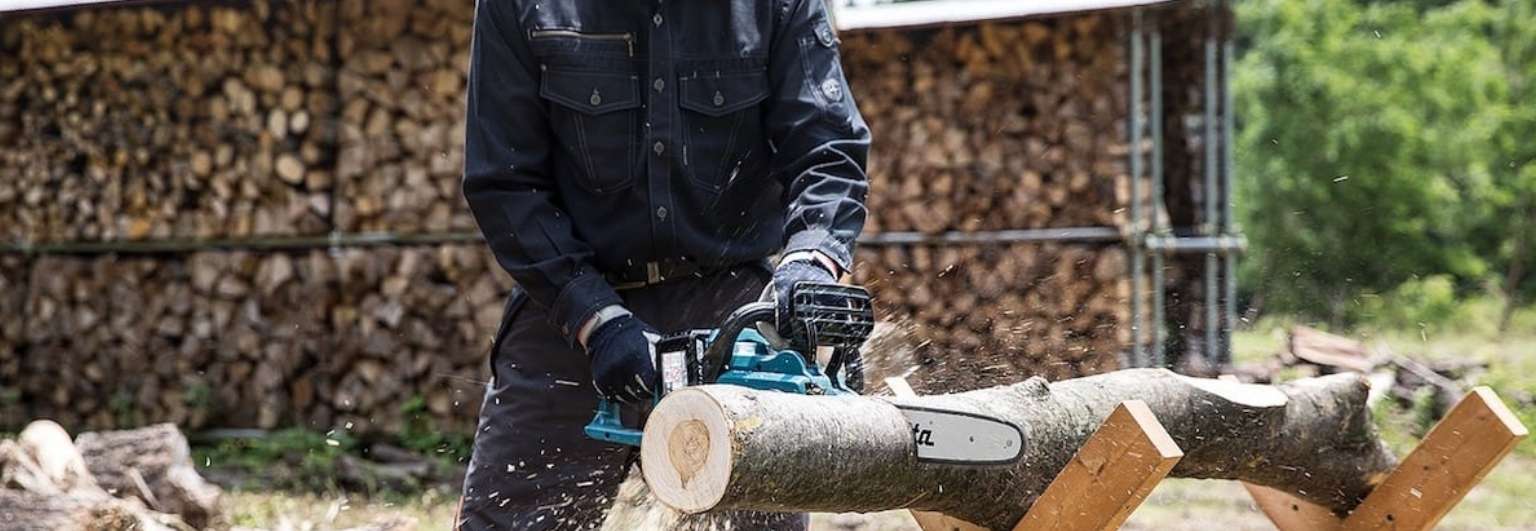
23 Aug Dressing For (Safety) Success
Choosing incorrect Personal Protective Equipment for the job or ignoring imminent risks can lead to disaster. Employees need to understand what’s permissible in the workplace and how to protect themselves properly. Here are some key tips in dressing for safety success.
Entanglements are a Major Concern
When an employee becomes entangled with machinery, they are unable to protect themselves and they’re vulnerable to many risks.
A machine can pinch, crush, or wrap items into its workings which can lead to fractures, concussions, electrocution, falls, drowning, strangulation, dismemberment’s, amputations, and death. OSHA lists 616 claims in 2017 alone.
Clothing Can Be a Hazard
Gloves can work well to protect employees, but they can also be a problem around machinery. For instance, using loose gloves around a lathe or milling machine is a recipe for disaster. The machine can catch the fabric or leather, pull the employee into the machine, and injure them severely. OSHA states operators should not wear gloves when operating rotating equipment.
Pants should be close-fitting and comfortable, but not dragging on the ground. Workers should roll up long sleeves before operating machinery, too. Ensure clothing is free from tears and loose threads, and if workers wear coats, insist they’re kept closed while working.
Jewelry Poses Risks
Loose, protruding, or dangling jewelry poses similar risks when working around moving parts and machinery. Besides entanglement, jewelry can also catch on controls and inadvertently start or switch machine functions.
Additionally, OSHA prohibits conductive jewelry around live current since it can lead to an arc flash or blast, severe burns, ignite clothing, and electrocute employees.
Metal jewelry also poses risks for workers using chemicals, because it can cause a reaction. It also harbors bacteria which can lead to food-borne illness, so it is frequently banned from food-handling facilities.
The Head & Feet Deserve Attention Too
Workers should tie back long hair to prevent entanglement whenever they work around rotating machinery. OSHA states hair must be “securely fastened” into a knot or bun without protruding pieces. Ponytails don’t eliminate the risk of entanglement. Instead, use a bandanna, hair net, or hat.
Untied or overly long shoelaces can wrap around moving parts and pull an employee in. Insist employees wear footwear with slip-resistant soles to prevent slips and falls into operating equipment.
Create a Safety Culture
Creating a company dress code is a good first step toward a safer workplace. However, employers must also ensure machines are properly guarded and employees are properly trained.
Workers should understand how to shut down and lockout equipment before maintenance and how to switch off machines if an employee becomes entangled. Reacting quickly can minimize injuries and save lives.
Improved workplace safety reduces insurance costs, improves employee retention, and reinforces your brand. Managing risk requires consultation, diagnosis, and proactive planning and Gilbert’s Risk Solutions can guide you. We’re here for you and your company. Call us today for your risk assessment.


No Comments